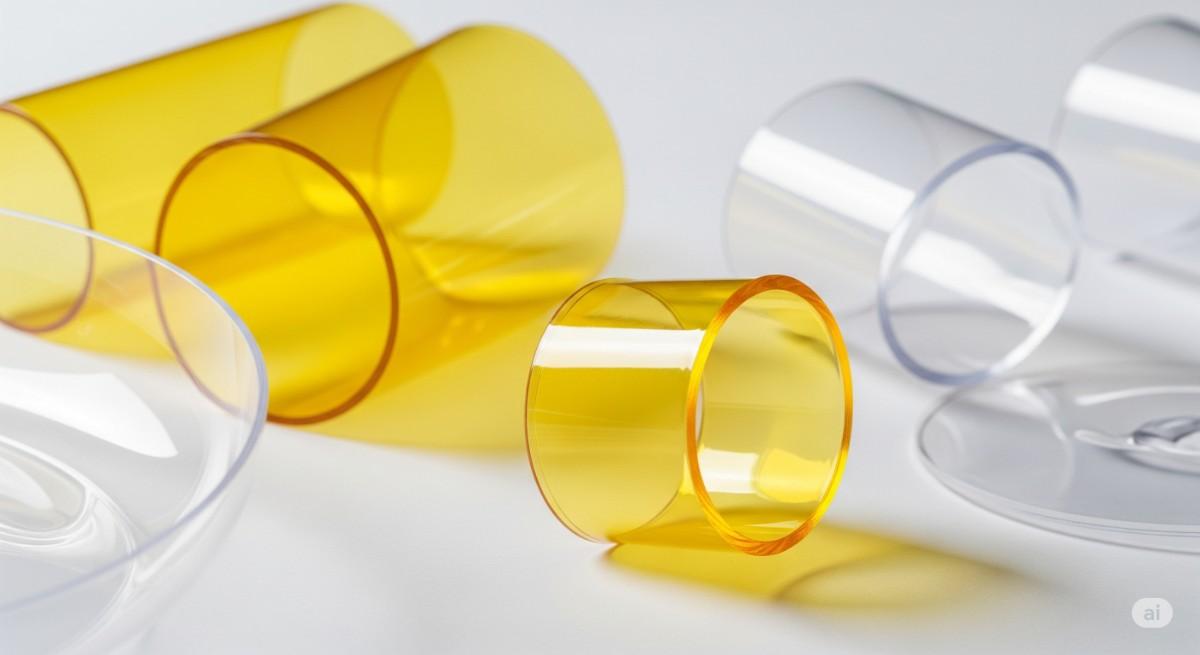As the world confronts a mounting plastic pollution crisis, PHA (Polyhydroxyalkanoates) bioplastics are emerging as a game-changing solution. These biodegradable polyesters, produced via microbial fermentation of renewable feedstocks like sugar, starch, and even waste oils, are transforming industries ranging from packaging to healthcare. Between 2025 and 2034, the PHA bioplastics market is forecast to surge into the hundreds of millions in revenue, driven by advances in biotechnology, regulatory tailwinds, and the urgent push toward a circular economy.
This case study explores how the market is evolving, the technological breakthroughs shaping it, and why key players are betting big on PHAs as the future of sustainable materials.
What Are PHA Bioplastics? A Quick Primer
Polyhydroxyalkanoates (PHAs) are bio-based, biodegradable plastics synthesized by microorganisms. These microbes, when fed renewable carbon sources such as sugars, vegetable oils, or even CO₂, produce PHAs as intracellular energy storage granules. The granules are then harvested, refined, and processed into versatile plastics.
PHAs boast full biodegradability in soil, marine, and freshwater environments—decomposing into water, CO₂, and biomass without harmful residues. Their UV resistance, moisture barrier properties, and thermoplastic nature make them ideal for:
-
Compostable food packaging
-
Agricultural films and seed coatings
-
Medical implants, sutures, and drug delivery systems
-
Consumer goods and even 3D printing filaments
The promise of PHAs lies not only in their functionality but in their ability to fit seamlessly into a sustainable, zero-waste future.
Key Market Insights: Growth Patterns and Leading Regions
-
Europe held the largest share in 2024, driven by stringent environmental policies and widespread adoption in packaging.
-
Asia Pacific is set for the fastest CAGR during 2025–2034, thanks to supportive government initiatives and abundant biomass feedstocks.
-
North America shows notable growth potential, with strong consumer demand and corporate ESG goals.
By Polymer Type
-
Short-chain-length PHA (SCL-PHA): Dominated in 2024 due to its strength, crystallinity, and biodegradability—perfect for packaging and medical devices.
-
Medium-chain-length PHA (MCL-PHA): Poised for rapid growth with its superior flexibility and toughness, enabling applications in wound care, flexible packaging, and tissue engineering.
By Feedstock
-
Sugar-based feedstocks (glucose, sucrose) led the market in 2024, but waste oils and CO₂ are rising stars for their sustainability.
Invest in Our Premium Strategic Solution: https://www.towardspackaging.com/price/5671
Latest Trends: What’s Driving the Market Forward?
🌱 Feedstock Innovation: Beyond Sugarcane and Corn
The shift is on—from first-generation crops to non-food sources:
-
Seaweed, algae, and agricultural waste offer sustainable alternatives.
-
Companies like Mango Materials and AirCarbon produce PHAs from methane and CO₂, achieving carbon-negative footprints.
⚗️ Advanced Bioprocessing and Microbial Engineering
Modern fermentation techniques—like in situ product recovery and genetically optimized microbes—are slashing costs and boosting yields. Emerging PHA nanocomposites, infused with graphene or other materials, are unlocking new applications in electronics and textiles.
♻️ Circular Economy and Certifications
Major brands (Nestlé, Unilever, PepsiCo) now integrate PHA packaging to meet global sustainability targets. Certifications such as TÜV OK Compost and BPI standards are building consumer trust and deterring greenwashing.
🚀 Investment and Production Boom
-
Global PHA output expected to surpass 50,000 tonnes by 2025.
-
Over $500 million in venture and government funding supports scale-up initiatives.
Regional Spotlights: Asia Pacific and Beyond
🌏 Asia Pacific
-
China: Aggressive bans on non-degradable plastics drive demand. Investments in PHA production use abundant agricultural waste as feedstock.
-
India: National plastic bans and large agricultural waste streams position India as a growth hotspot.
-
South Korea: Backed by government support for green innovation, with companies like LG Chem scaling PHA production.
🇺🇸 North America
-
Strong regulatory frameworks like the USDA BioPreferred Program and Canada’s Zero Plastic Waste Agenda fuel adoption.
-
Start-ups and biotech firms such as Danimer Scientific and RWDC Industries are scaling operations rapidly.
Market Dynamics: Challenges and Opportunities
✅ Drivers
-
Regulatory Support: Plastic bans and Extended Producer Responsibility (EPR) schemes drive market demand.
-
Circular Economy Focus: Closed-loop systems align perfectly with PHA biodegradability.
⚠️ Restraints
-
High Production Costs: Complex fermentation and downstream processes still pose cost challenges.
-
Limited Composting Infrastructure: Insufficient end-of-life management reduces environmental benefits.
🌟 Opportunities
-
Non-Food Feedstocks: Agricultural residues, food waste, and even wastewater offer untapped potential.
-
Diversified Applications: From packaging and medical devices to textiles and electronics.
If you have any questions, please feel free to contact us at sales@towardspackaging.com
How AI is Shaping the PHA Bioplastics Future
Artificial Intelligence is proving to be a silent enabler:
-
Process Optimization: AI algorithms fine-tune fermentation variables to maximize yield.
-
Supply Chain Forecasting: Predictive analytics optimize raw material sourcing and inventory management.
-
R&D Acceleration: AI models simulate new PHA formulations, speeding innovation cycles.
-
Quality Control: Vision systems detect product defects in real-time.
Key Players and Strategic Moves
| Company | Region | Notable Moves |
|---|---|---|
| Danimer Scientific | U.S. | Scaling bioplastic production facilities |
| RWDC Industries | Singapore/U.S. | Focused on methane-based PHA production |
| Newlight Technologies | U.S. | AirCarbon PHA from captured CO₂ |
| CJ Biomaterials | South Korea | Partnerships for global expansion |
| Kaneka Corporation | Japan | Developing medical-grade PHAs |
Recent Industry Highlights
-
July 2025: European Bioplastics relocated its HQ to Brussels to strengthen lobbying in EU policy.
-
May 2025: GRECO Project, backed by Horizon Europe, launched new PLA co-polymers for food packaging.
-
May 2025: Intec Bioplastics unveiled EarthPlus Hercules Bioflex Stretch Wrap—35% plant-based and APR-certified.
Conclusion: The Road Ahead
The PHA bioplastics market is no longer an experimental niche—it’s an industry on the cusp of mainstream adoption. With global production expanding, technological innovations accelerating, and regulatory support strengthening, PHAs are poised to lead the charge toward a biodegradable, circular future.
Yet, challenges remain. The industry must scale production, lower costs, and build composting infrastructure to fully realize PHAs’ potential. Stakeholders—from start-ups to global brands—have an opportunity to reimagine plastics and embed sustainability deep into the global materials economy.
Source : https://www.towardspackaging.com/insights/pha-bioplastics-market-sizing



